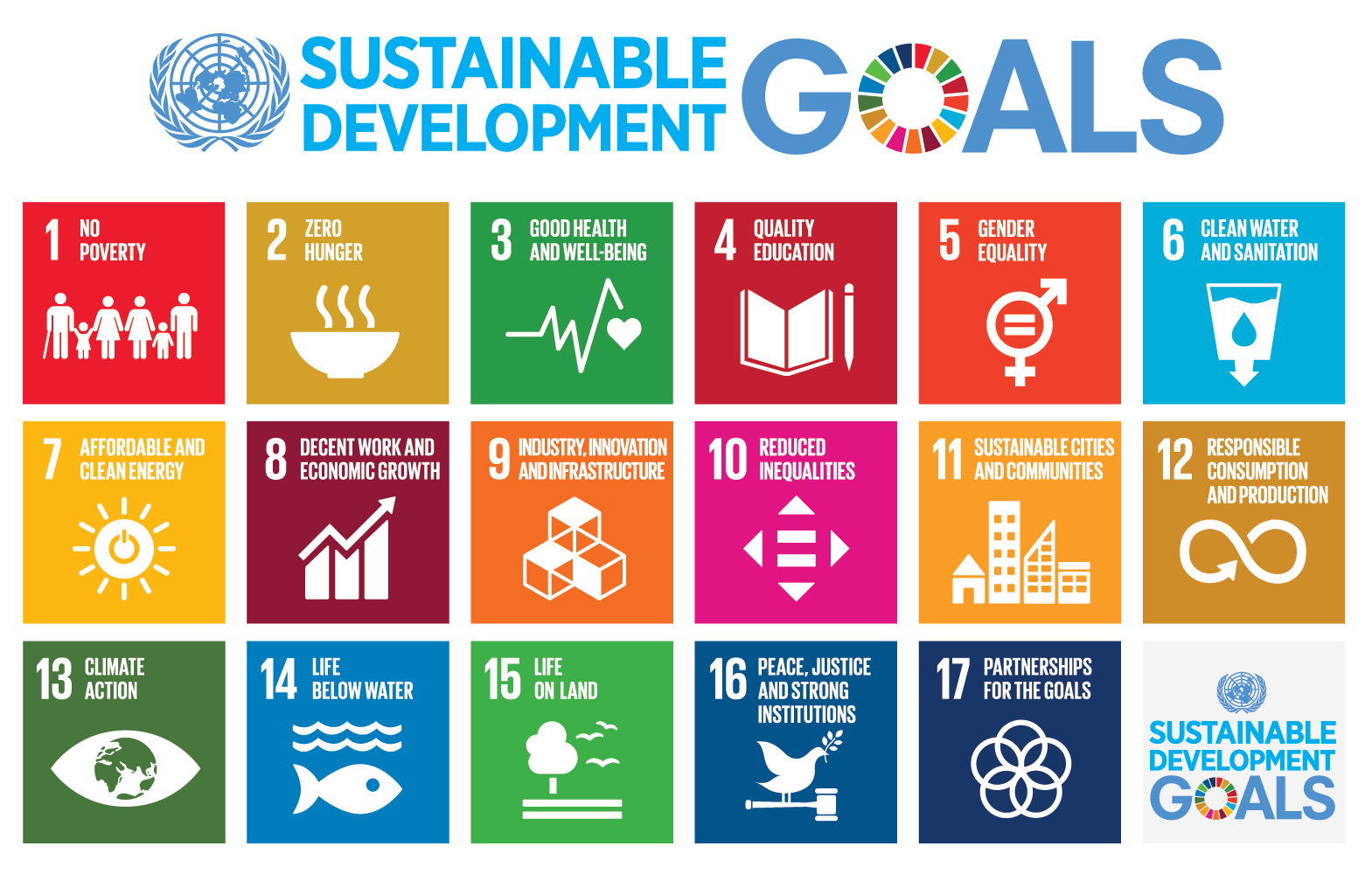
How technology can contribute to more sustainable future of tourism?
The economic importance of tourism globally is recognized. It creates jobs and some places are dependent on it. In recent years its impacts and development have been discussed although these tend to stay behind the focus on the economic benefits. Tourism has negative environmental and socio-economic impacts, and the industry needs to find a balance […]

Why should Smart Tourism Destinations invest in IoT solutions – or should they?
In recent years, the tourism industry has embraced the idea of Smart Tourism Destinations, emerging from the concept of Smart Cities. In both, the beating heart is the marketing word ‘smart’, representing all things that can be embedded or enhanced by technology¹. In fact, technologies such as cloud computing and the Internet of Things (IoT), […]
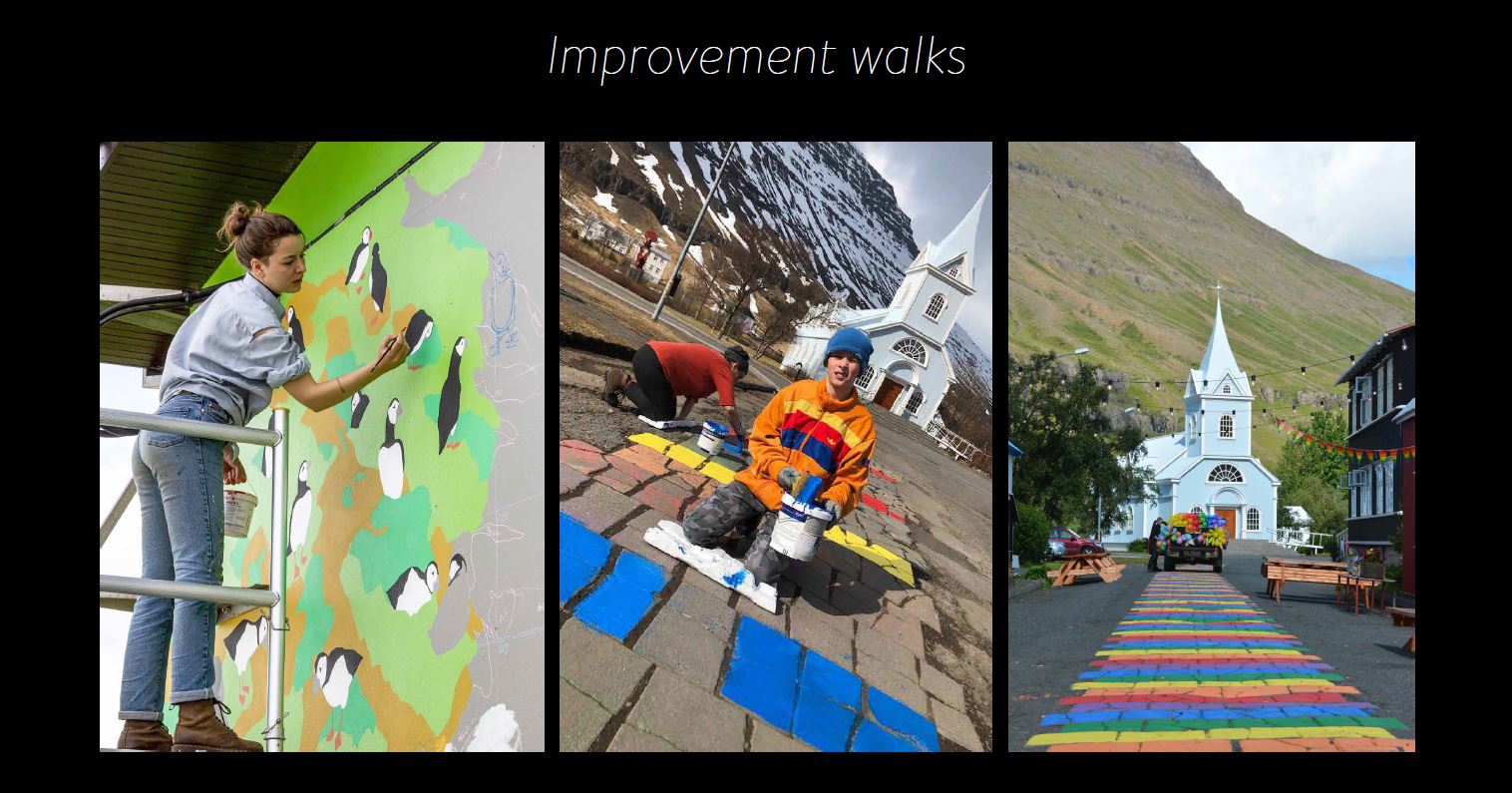
Digital Tourism Think Tank 2019 – Day 1
#DTTT 2019 What did I learn? I had a great possibility to participate in Digital Tourism Think Tank Global 2019 on 4rd and 5th of December, which this year took place in Espoo. DTTT Global is, in my opinion, one of the most interesting conferences as it gathers a bunch of tourism DMO’s and […]
DTTT Global 2019, Day 2
The second day (Read about the first day here) of DTTT was all about technology and digitalization. What we can learn from data and how we can benefit data in place branding, leading and marketing. Lead with data. Do marketing with it, learn from it, optimize – optimize – optimize – then do it again. […]
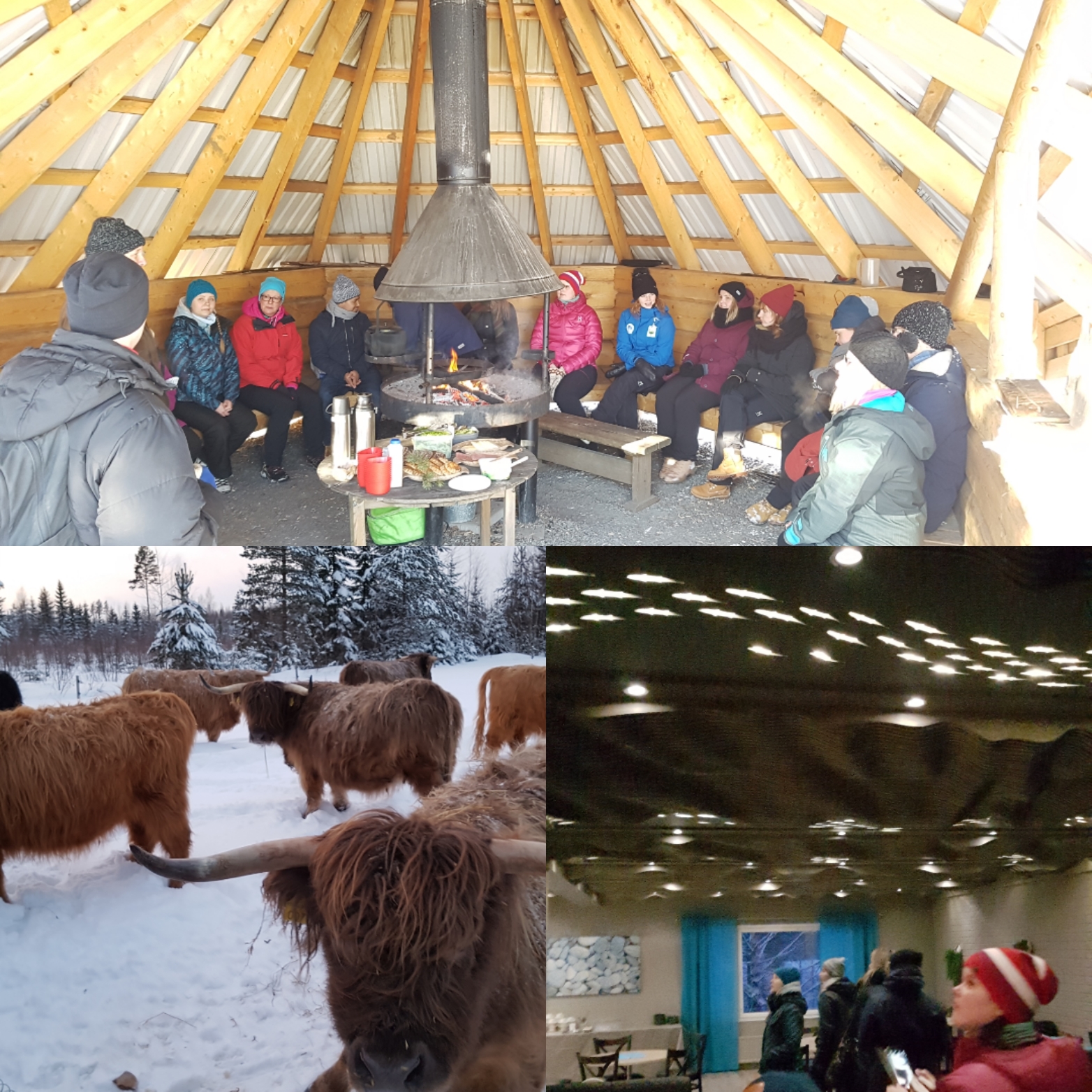
TMM developing tourism business at Etelä-Konnevesi region
Our International Master’s Degree Programme in Tourism Marketing and Management (TMM) has started a collaboration with municipalities of Konnevesi and Rautalampi and tourism stakeholders in the region. The concrete first step in this collaboration was a two-day workshop on developing nature tourism in the Etelä-Konnevesi region, organized in Konnevesi research station 14.-15.3.2018. Together with Anne […]
The Most Common Problem in Destination Marketing in the World
World’s Most Common Problem in Destination Marketing What is the difference between successful and non-successful destinations from the destination marketing perspective? In this post, I want to understand the details behind successful destination marketing. What is the one key thing to gain competitive advantage in destination marketing? When we start to think about the exact […]
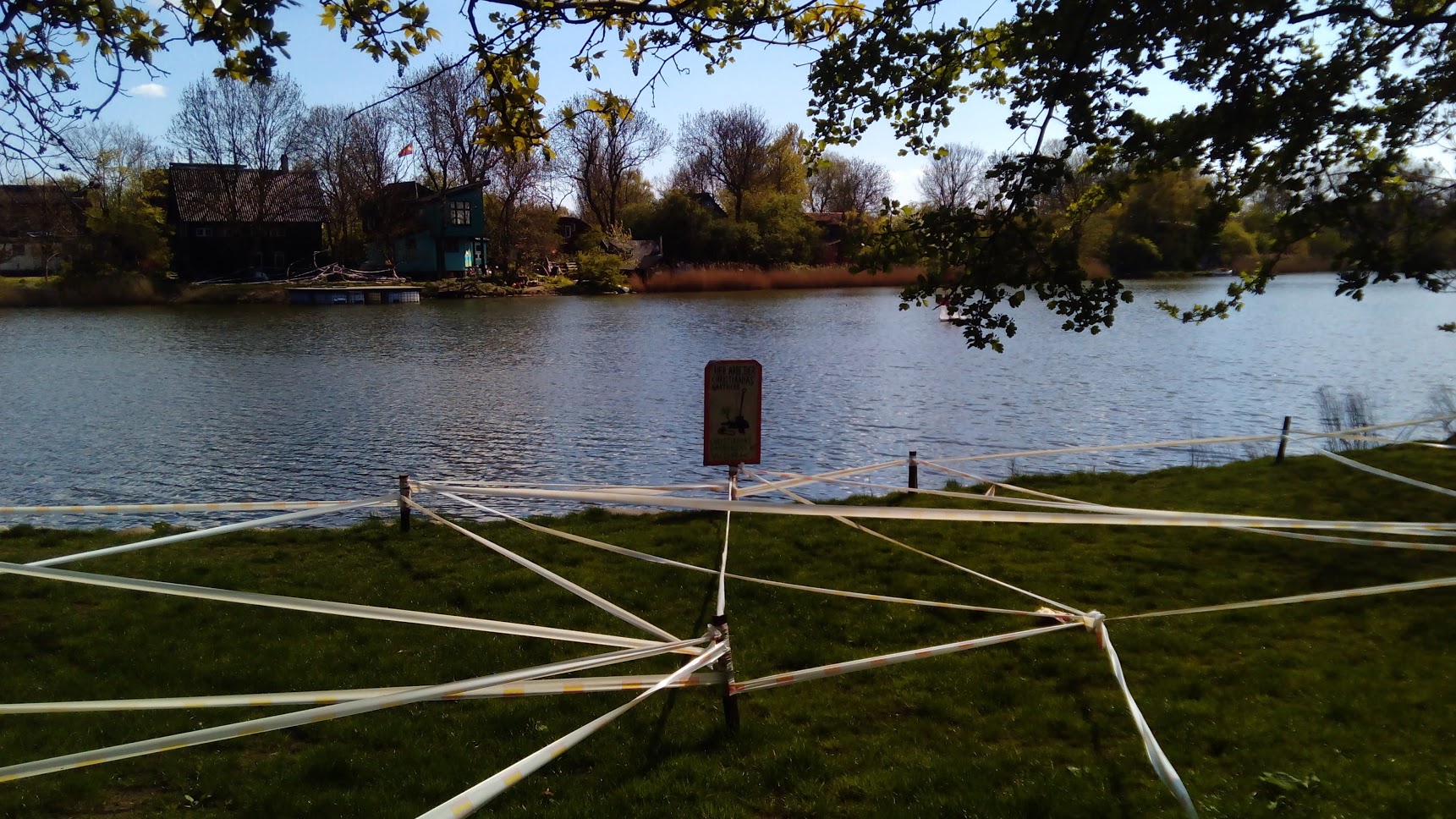
From Marketing Strategy to Values Strategy
Having been processing the concept of marketing strategy during the ongoing autumn due to our course on destination marketing, the concept of strategy has been wandering in my mind. What does it actually mean and how important is it for a (tourism) company? Applying the concept of strategy In his book Valonöörin käsikirja (A lightneer’s […]
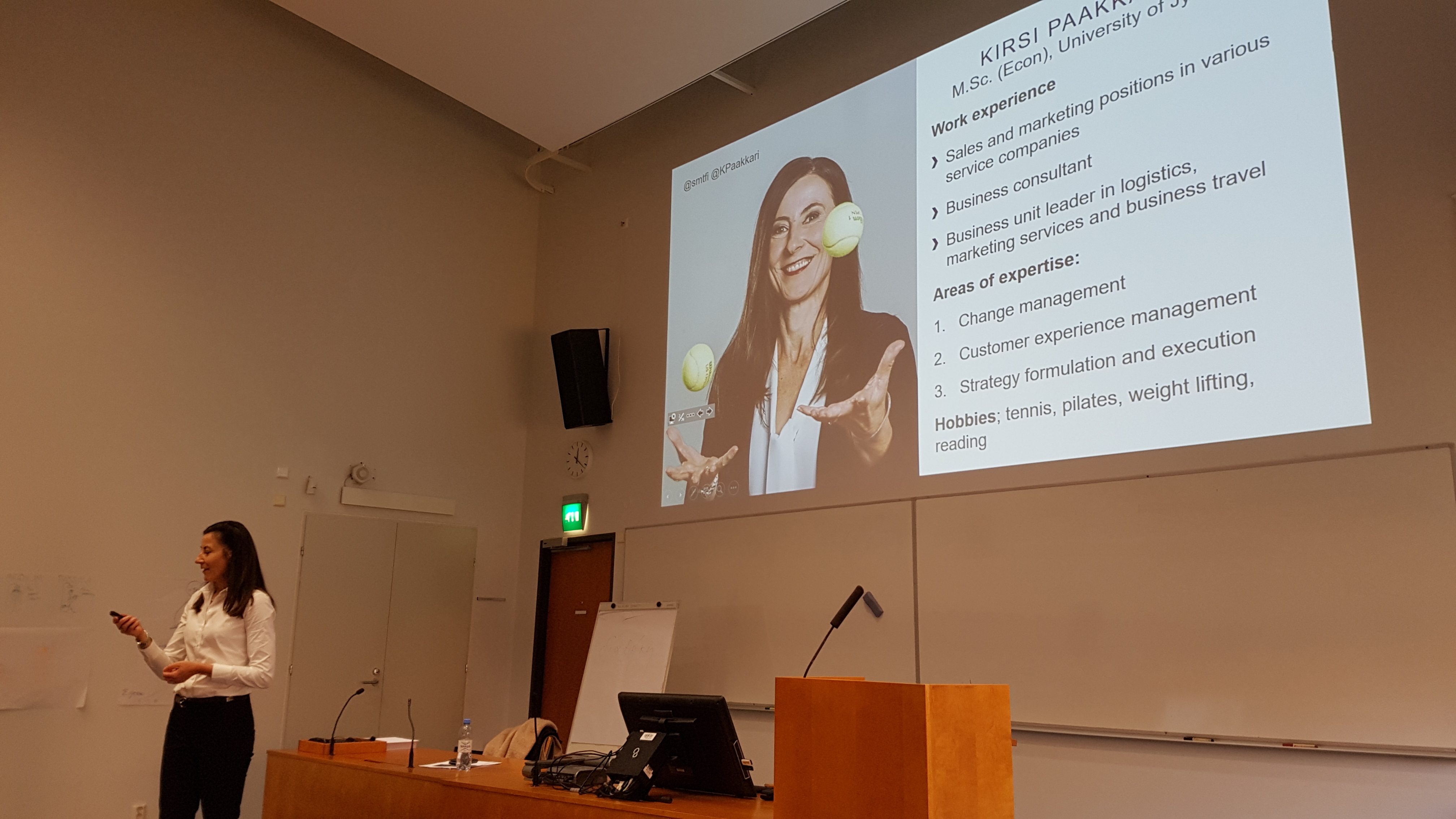
Management by wellbeing
Mindfulness, victorious corporate culture, growth rates that the board cannot accept, going to the gym with your bosses, hiring a personal business coach, fighting loneliness… does not sound like a traditional Finnish management style, does it? In one company it is. Managing corporate culture and people at SMT Our Tourism Marketing and Management Programme had […]
Peer-to-peer accommodation and sharing economy from tourists’ perspective
Airbnb has become one of the largest accommodation companies in the world if counted by the rooms available. Its rapid growth has been enabled by a phenomenon known as sharing economy. People are less inclined to own things and are getting used to share what they own with other people. Peer-to-peer accommodation happens when a person […]
Nature tourism is trending as we start to understand how healthy being in nature is
Nature tourism in Finland is all about “the space to breathe, a time to dream, hiking in summer, cross-country skiing in winter, gathering berries and mushrooms or simply a gentle walk in the woods.” (http://www.visitfinland.com/finrelax/). Nature is also one of the central themes in Master’s Degree Programme in Tourism Marketing and Management (MDPTMM, www.uef.fi/tmm). Why is […]